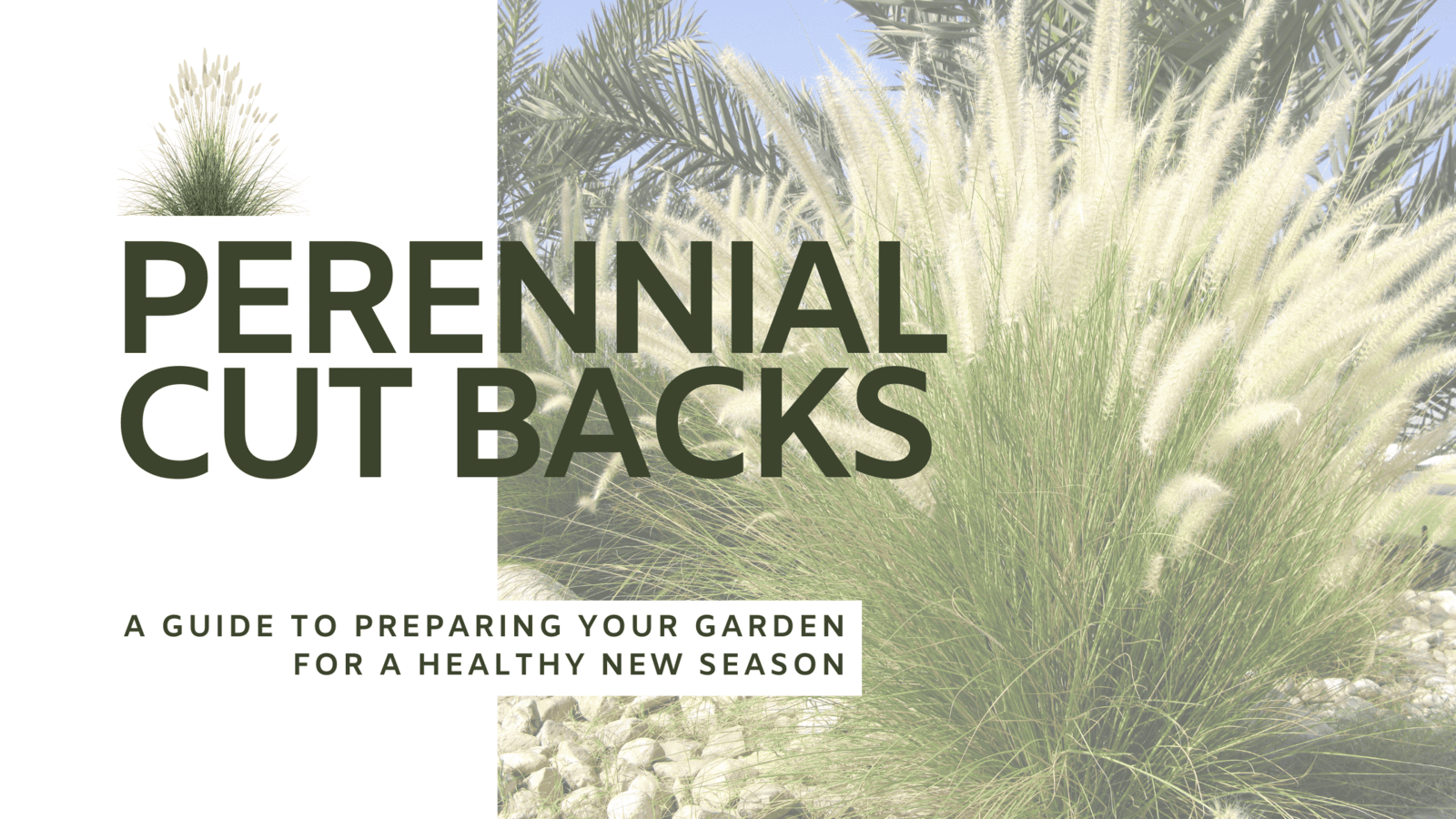As the growing season winds down, it’s time to turn your attention to the care and maintenance of your perennial plants. Properly cutting back your perennials not only keeps your garden looking tidy but also promotes healthier growth for the seasons to come. Here’s everything you need to know about this essential fall garden task.

What Are Perennial Cutbacks?
Perennial cutbacks involve trimming back the spent foliage and stems of perennial plants—those hardy plants that return year after year. This practice clears away dead or dying growth, reduces pest and disease risks, and allows your plants to conserve energy over the winter months.
Why Should You Cut Back Perennials?
Pest and Disease Prevention
Dead leaves and stems can harbor pests or fungal diseases, which may carry over into the next growing season. Removing this debris minimizes those risks.
Improved Appearance
A garden full of dried, withered plants isn’t the most inspiring view during winter. Tidying up keeps your landscape looking well-maintained.
Encourage Healthy Growth
By removing old growth, you help the plant focus its energy on developing strong roots and preparing for vigorous spring growth.
Reduce Spring Workload
Tackling cutbacks in the fall lightens your workload during the busy spring gardening season.
When to Cut Back Perennials
The timing largely depends on your local climate and the specific plants in your garden. In general, late fall—after the first hard frost—signals the end of the growing season and is the ideal time for cutbacks. Some gardeners also choose to wait until early spring for certain perennials to provide winter interest or support wildlife.
How to Cut Back Perennials
Gather Your Tools
Use clean, sharp pruning shears or scissors. For tougher stems, loppers may be necessary.
Identify Which Plants to Cut Back
Focus on perennials like daylilies, peonies, and hostas, which benefit from a fall trim. Some plants, like grasses and sedum, can be left for their attractive seed heads and structural interest.
Cut to the Right Height
Trim stems to 2-3 inches above the soil. This prevents damage to the plant’s crown while clearing away debris.
Dispose of Trimmings
Compost healthy plant material, but discard any foliage that shows signs of pests or disease to avoid contamination.
Tips for a Healthier Garden Next Spring
A Final Thought
Perennial cutbacks are a simple yet impactful step in maintaining a healthy, vibrant garden. Whether you tackle it in the fall or early spring, your perennials will thank you with lush, robust growth when the growing season returns. By investing time in this process, you’re ensuring your garden remains a thriving haven year after year.
Looking for professional help with your landscape maintenance? TruScape specializes in seasonal garden care, including perennial cutbacks. Contact us today to learn how we can keep your garden in peak condition all year round!


